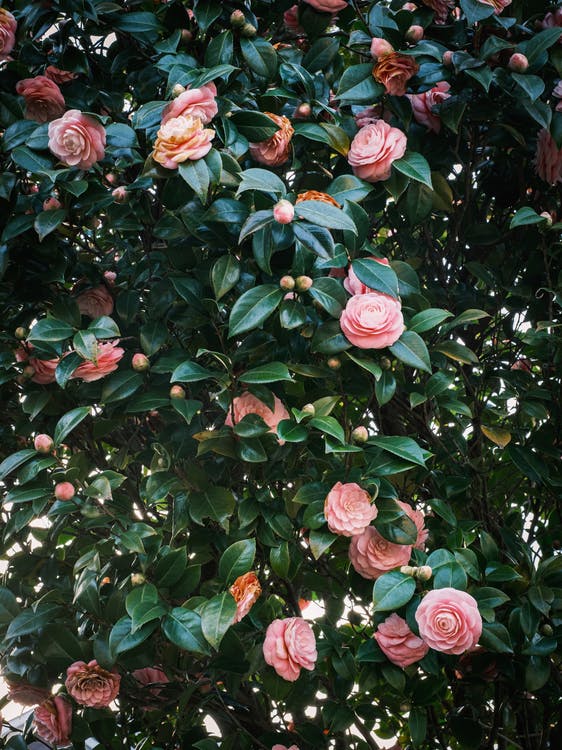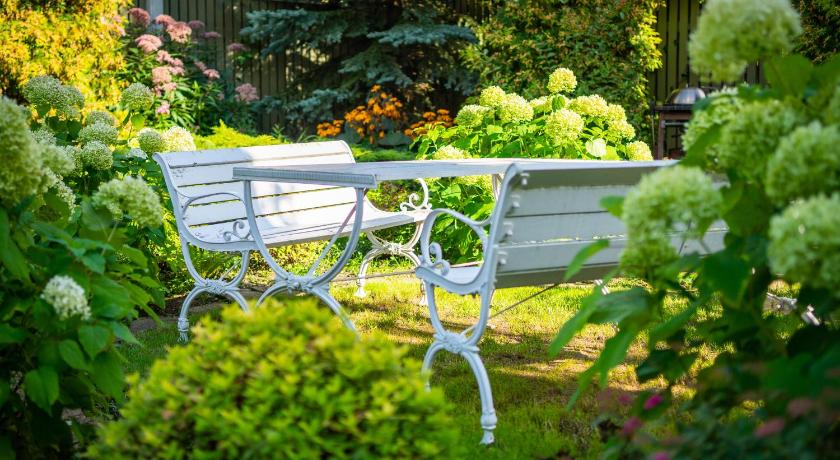Climbing roses are the aristocrats of the garden, offering elegance, fragrance, and a vertical splash of colour. When properly cared for, these climbers transform ordinary walls, trellises, or fences into stunning floral displays. Here’s your essential guide to nurturing these beautiful plants in your garden.
Choosing the Right Variety
The first step in growing climbing roses is selecting the right variety for your garden. Climbers come in a range of colours, fragrances, and sizes. Consider the climate, space, and the type of support structure you have. Hardy varieties like ‘William Baffin’ or ‘New Dawn’ are excellent choices for Canadian gardens.
Factors to Consider
-
Colour and fragrance preferences
-
Climate suitability
-
Growth habit and size
Preparing the Planting Site
Climbing roses thrive in a spot with at least six hours of sunlight each day. Good air circulation is also essential to prevent diseases. Prepare the soil by adding organic matter to ensure it is rich, well-draining, and slightly acidic to neutral in pH.
Key Site Preparation Steps
-
Choose a sunny location
-
Improve soil quality
-
Ensure good air circulation
Planting Your Climbing Roses

The best time to plant climbing roses is in the spring or fall. Dig a hole wide and deep enough to accommodate the root system. Place the plant in the hole so that the graft union is just above the soil level. Backfill with soil, water thoroughly, and add a layer of mulch to retain moisture.
Planting Tips
-
Plant in spring or fall
-
Position the graft union correctly
-
Water and mulch after planting
Training and Pruning
Training climbing roses is crucial for encouraging them to grow upwards and for maintaining their shape. Attach canes to a support structure in a horizontal or slightly diagonal position to stimulate more blooms. Pruning is done in late winter or early spring to remove dead or weak canes and to shape the plant.
Pruning and Training Guidelines
-
Train canes horizontally
-
Prune in late winter or early spring
-
Remove dead or weak growth
Watering and Feeding
Regular watering is vital, especially during the first growing season. Climbing roses need about an inch of water per week. Fertilize with a balanced rose-specific fertilizer according to the package instructions, typically starting in spring and stopping by late summer.
Watering and Fertilizing Tips
-
Water deeply and regularly
-
Use rose-specific fertilizer
-
Avoid over-fertilizing
Pest and Disease Management
Climbing roses are susceptible to pests like aphids and diseases like black spot and powdery mildew. Regular monitoring and good cultural practices are the first lines of defence. Use insecticidal soaps or fungicides if necessary, following environmentally friendly practices.
Managing Pests and Diseases
-
Monitor for pests and diseases
-
Maintain good garden hygiene
-
Use treatments responsibly
Winter Protection
In colder regions, winter protection is crucial for climbing roses. After the first hard frost, remove any remaining leaves, and apply a thick layer of mulch around the base. You may also need to detach the canes from their supports and lay them down, covering them with soil or burlap.
Steps for Winter Protection
-
Mulch the base of the plant
-
Lay canes down and cover if necessary
-
Remove leaves and debris
Enjoying the Blooms
After all your hard work, it’s time to enjoy the beauty of your climbing roses. Their cascading flowers not only enhance the aesthetic of your garden but also provide a habitat for beneficial insects. Cut some blooms to create stunning indoor arrangements, bringing a piece of your garden’s beauty inside.
Celebrating Your Garden’s Beauty
-
Enjoy the aesthetic and ecological benefits
-
Create indoor floral arrangements
-
Share your garden’s beauty with others
The Climbing Rose Garden: A Living Tapestry
Growing climbing roses is not just a gardening activity; it’s an art form. These exquisite plants offer a unique opportunity to create a living tapestry in your garden. With patience, care, and a bit of creativity, your climbing roses will flourish, providing years of beauty and enjoyment. Remember, each rose has its own character and rhythm – as you nurture them, they reveal their full splendour, turning your garden into a stunning floral showcase.





